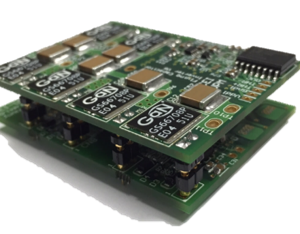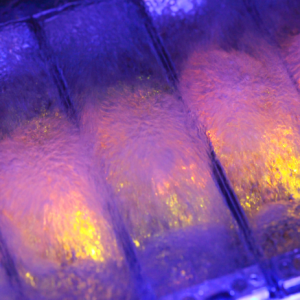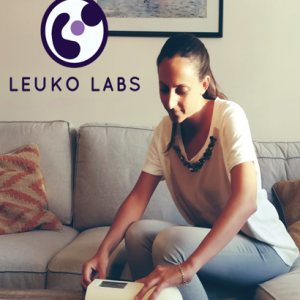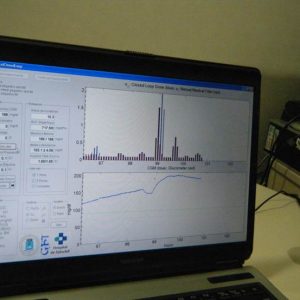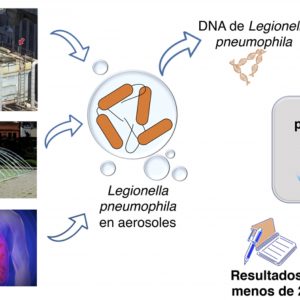Brief description of the technology solution and the added value it provides
The laboratory of Bioelectromagnetics from the Center for Biomedical Technology UPM (CTB) has developed a pocket individual dosimeter device easily transportable due to its small size, which allows continuous monitoring of the levels of exposure to electromagnetic radiation to which it is exposed the individual device holder.The solution comprises a single DOSIRED dosimetric device that allows recording the levels of electromagnetic radiation.
Description of the technological base
Electromagnetic frequency ranges that can be perceived by DOSIRED are included from 50 MHz to 6 GHz in 10 MHz channel bandwidth, so it can record the exposure to different fields emitted by the technologies that surround us in our day to day. Data collected by DOSIRED can be further analyzed using specific software, allowing the creation of a map of the exposure to electromagnetic fields to which the individual is exposed.
“DOSIRAD recorded exposure to electromagnetic fields creating a map of the different places of exposure and the intensity of it”
Market demands
- Electromagnetic fields are present in the natural life of the planet from the Sun, the Moon and other sources in the cosmos. Even so, in the last 20 years of urban environments have changed dramatically increasing levels of microwave in 6 magnitudes regarding expected in 1979, mainly by developments in wireless communications, the mass adoption of mobile levels GSM-DCS signals and repeaters associated therewith.
- According to the European Parliament (EP no. 297.574 March 2001) there is sufficient evidence of potentially harmful effects of electromagnetic fields on fauna, flora and human health to react and protect against potentially serious environmental and health risks.
- Most of the regulations regulating emissions EM is based solely on thermal effects, not having taken into account the non-thermal effects evidenced in cases of hypersensitivity to electromagnetic fields.
- The nonthermal effects can cause molecular changes, the breakage of bonds in the DNA strands, alterations in the mechanisms of cellular communication and electric equilibrium of the membrane, which can be translated in diseases like cancer, childhood leukemia, and EHS. Increasing scientific evidence from non-thermal effects begin to appear EHS (electromagnetic hypersensitivity syndrome).
Competitive advantages
- Current commercial solutions are much larger and more expensive. DOSIRAD has the size and shape of a credit card, which makes it easy to carry in any time and place.
- While current commercial solutions only notified when reach certain exposure limits, DOSIRED allows a broad and continuous frequency sweep (50 MHz to 6 GHz)
- DOSIRED allows to differentiate the sources of electromagnetic fields, as well as to create electromagnetic fields location maps and perform continuous storage of exposure.
- User can take broad electromagnetic fields control thanks to the web site where individuals can view stored data presented in the previous section.
“The levels of microwave electromagnetic fields on 6 magnitudes have risen in 20 years and may be a factor co-promoter of diseases such as cancer or EHS”
Development stage
-
Concept
-
Research
-
Lab- prototype
-
Industrial prototype
-
Production
Contact
Contacto DOSIRED
Dr. Ceferino Maestu laboratorio de bioelectromagnetismo del centro de tecnología biomédica (CTB)
Campus científico y tecnológico de la UPM , centro de tecnología biomédica (CTB) campus de Montegancedo 28223 Pozuelo de Alcorcón (Madrid)
Tfno. 913364655
Contacto UPM
Área de Innovación, Comercialización y Creación de Empresas
Centro de Apoyo a la Innovación Tecnológica – UPM
e:




